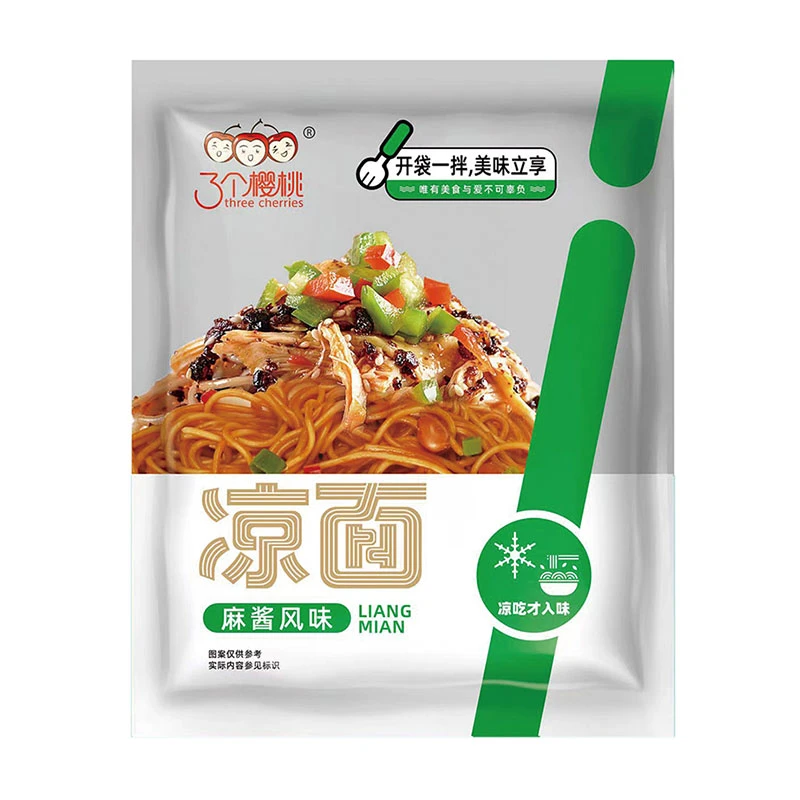traditional udon noodles
The Delightful World of Traditional Udon Noodles
Udon noodles, a quintessential component of Japanese cuisine, are not just a meal; they represent culture, tradition, and craftsmanship. These thick, chewy noodles have been enjoyed for centuries and showcase the artistry involved in Japanese cooking. With roots tracing back to the Heian period (794-1185), udon has evolved over time, becoming a beloved dish enjoyed by people of all ages.
Origins and History
The exact origins of udon are somewhat obscure, with various legends vying for attention. One popular tale suggests that the noodles were introduced to Japan by a Buddhist priest who had learned the art of noodle-making in China. Initially, these noodles were made from wheat flour, water, and salt, adhering to the simple philosophy of using high-quality ingredients to create something exceptional.
As Japan’s culinary landscape matured, so did the preparations surrounding udon. It became a staple for both the working class and nobility, served in a variety of styles and with numerous toppings. Regional variations flourished, each showcasing local ingredients and culinary preferences. For instance, in Kyoto, udon might be served in a rich broth flavored with dashi, while in Kagawa Prefecture, known as the “Udon Prefecture,” the locals have a unique penchant for their cold udon served on a bamboo tray with a dipping sauce.
Crafting Udon Noodles
The artistry involved in crafting traditional udon noodles is nothing short of a science. The process begins with combining high-gluten wheat flour, a key to achieving the chewy texture that udon is renowned for. Water is gradually added, and the dough is kneaded meticulously, allowing the gluten to develop. This step is crucial – it is said that a skilled udon chef can knead the dough to the perfect consistency solely through the feel of the dough.
Once the dough reaches the desired elasticity, it is allowed to rest before being rolled out and cut into thick strips. The width of the noodles may vary, but they typically range between 6 to 8 millimeters. The final touch involves dusting the noodles to prevent them from sticking together, preparing them for their final destination a flavorful broth.
Diverse Preparations
traditional udon noodles

Udon can be enjoyed in a multitude of ways, reflecting the creativity and diversity of Japanese cuisine. One of the most popular preparations is Kake Udon, where the noodles are served in a hot dashi broth, garnished with green onions and possibly a sprinkle of tempura flakes. This dish highlights the umami of the broth, allowing the taste of the chewy noodles to shine.
Another beloved version is Zaru Udon, where the noodles are served cold on a bamboo mat, often accompanied by a soy-based dipping sauce called tsuyu. This preparation is particularly refreshing during the hot summer months, and it allows for the pure taste of the noodles to be enjoyed without overwhelming garnish.
More elaborate dishes include Nabeyaki Udon, where the noodles are cooked in a hot pot with various toppings such as tempura, chicken, and seasonal vegetables, creating a cozy, hearty meal. There is also Yaki Udon, where stir-fried udon noodles are combined with vegetables, meat, and savory sauces, catering to different palates.
Cultural Significance
Udon isn’t just a dish; it serves as a cultural emblem that brings people together. In Japan, it is common for families and friends to gather around a steaming pot of udon, sharing stories and laughter as they enjoy their meal. Festivals and celebrations often feature udon, emphasizing the importance of this humble noodle in Japanese society.
Moreover, udon represents the value of simplicity in Japanese cooking. The focus is on utilizing fresh, high-quality ingredients, allowing the natural flavors to shine through. This philosophy resonates with the broader Japanese aesthetic, where beauty is found in simplicity and authenticity.
Conclusion
Traditional udon noodles, with their rich history and diverse preparations, continue to be a cherished part of Japanese culture. Whether enjoyed in a steaming bowl of broth or served cold on a hot summer day, udon remains a versatile dish, inviting everyone to savor its delightful chewy texture and comforting flavors. As we continue to celebrate and explore the world of traditional udon, we honor not only a key component of Japanese cuisine but also the deep-rooted traditions and craftsmanship that have shaped it over the centuries.
-
Unlock the Delicious Potential of Yam NoodlesNewsAug.11,2025
-
The Authentic Taste of Lanzhou NoodlesNewsAug.11,2025
-
Savor the Art of Hand Pulled NoodlesNewsAug.11,2025
-
Indulge in the Timeless Delight of Spaghetti BologneseNewsAug.11,2025
-
Indulge in the Rich Flavor of Braised Beef NoodlesNewsAug.11,2025
-
Elevate Your Meals with the Magic of Fresh PastaNewsAug.11,2025
-
Unleash Your Inner Chef with Delectable Italian Pasta CreationsNewsAug.01,2025
Browse qua the following product new the we

















































































































